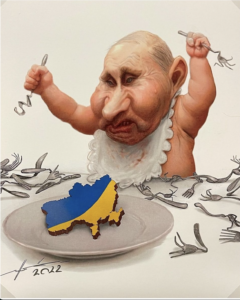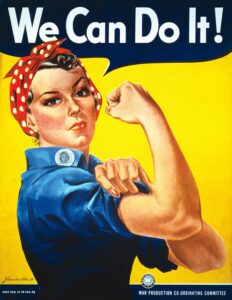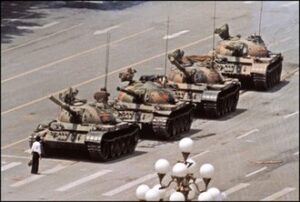This was one of several posters created during the 1980s, encouraging civilians to boycott goods that were produced by non-white South Africans under the existing apartheid state. Protest art in South Africa during this time period often came in the form of posters, calling people to action to join in marches, boycotts, or anti-apartheid organizations.
The Apartheid was a set of policies in South Africa instated by prime minister Hendrik Verwoerd, which segregated white and non-white (Black and Indian) people. Non-whites were forced to live in different areas, received less education, were restricted from voting, were banned from interracial marriage, and were exploited for labor. Corporations like Del Monte profited off of the slavery-like conditions that non-white South Africans were forced to work under. This particular piece depicts a very gestural image many Black South Africans working in cramped quarters at a Del Monte food processing plant. They lack defined facial features, showing how corporations simply saw these workers as a means of production rather than individuals deserving of rights. They didn’t want consumers to view workers as human. The women in the center of the image is drawn with detail and a concerned expression to remind the viewer of the people behind the production of the goods they consume.











